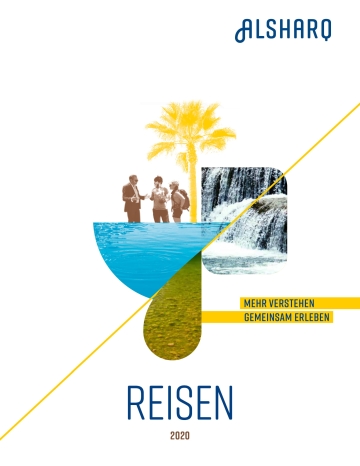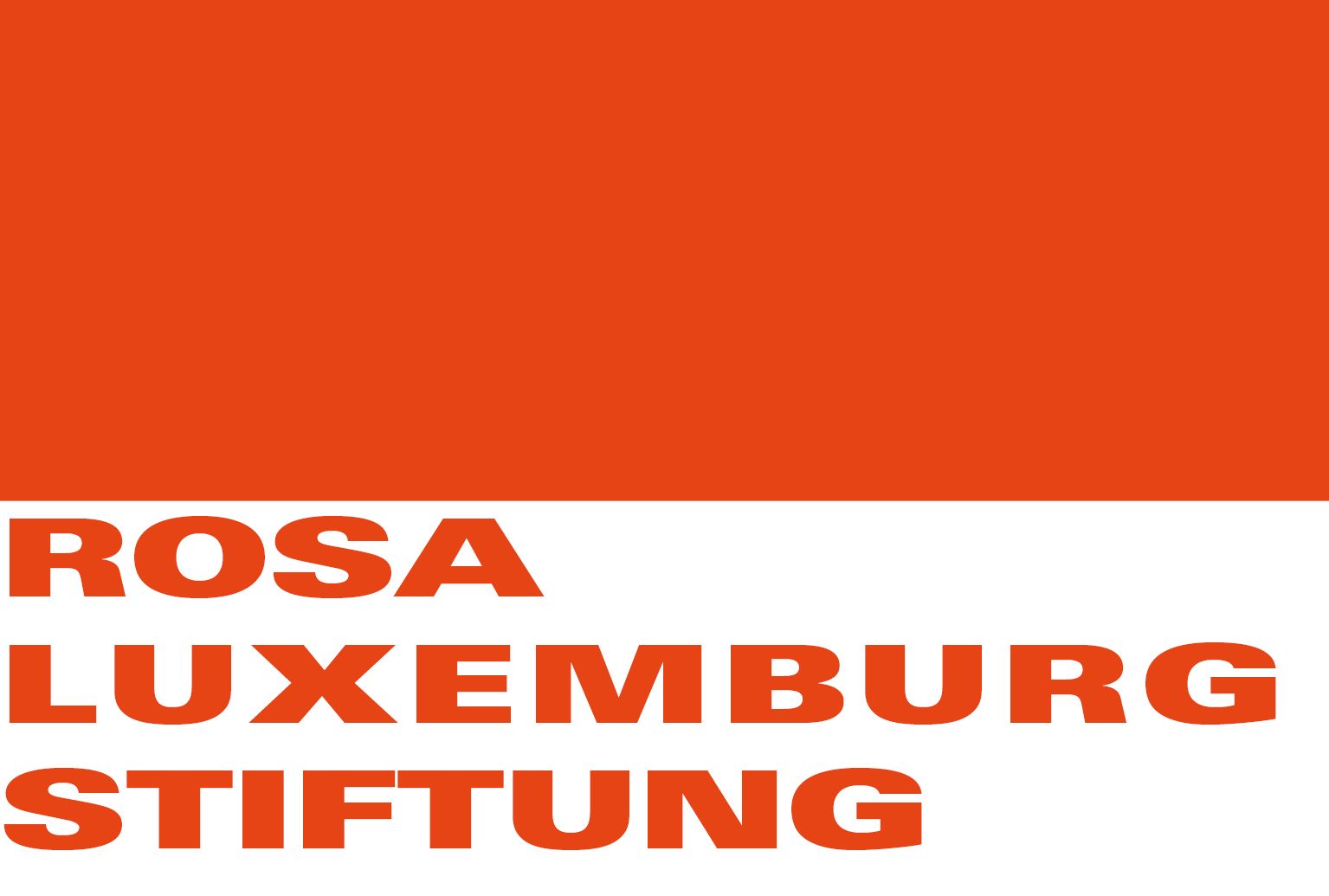In 2011, heated protests at Manama’s Pearl Roundabout started calling for political change in Bahrain. The rulers responded in part with force, in part with promises for reform. Almost two years later, repression has tightened, while reforms stall. It won’t be long before unrest erupts anew, reports our guest author A. B., based in Bahrain.
Resentment against lack of access to jobs, discrimination against Shia and the slow pace of democratisation in Bahrain culminated in February 2011 as hundreds of thousands of citizens gathered in protest at the former site of the Pearl Roundabout. The largely peaceful demonstration was dispersed with an excessive use of force. The government subsequently set up the Bahrain Independent Commission of Inquiry, which developed recommendations aimed at enhancing the country’s human rights record, accountability and democratisation. Critics regard the Commission as lip service for the international community. Meanwhile, the persecution of protestors, including by use of force, is employed on a nightly basis in villages all over the country.
Nowadays, resentment against the rulers is still as strong as ever, only that hardly anyone outside of Bahrain pays attention to it anymore.. Perhaps it’s a combination of the tiny size of the country and the strict denial of entry to anyone considered a journalist. Or perhaps it’s the fact that the rulers are in cahoots with the UK and US governments that any wrongdoing would surely be taken care of and not escalate to a crisis of human rights. Perhaps.
Living as a foreigner in Bahrain it is easy to pretend all is well here as reliable reporting on internal affairs is hard to come by. Two government aligned English-language newspapers – Daily Tribune and Gulf Daily – mention the uprising only when protestors - or “terrorists” - are “abusing their rights to freedom”. Most of the alternative news sources are blocked by the internet service providers – as well as most websites concerned with human rights issues.
The Bahraini media dismisses any dissent
Bahrain has a Shia majority population – comprising roughly 65-70 percent of Bahrainis – but is ruled by a Sunni royal family. Shia perceive that they are discriminated against on the job market – especially in civil service – on the basis of their beliefs. Meanwhile, Sunnis from Pakistan and the Gulf are flown in, given well-paid jobs, housing and a passport. Many of these immigrants turned out in the riot police on the front-line of protests, launching tear gas grenades and firing birdshot at protestors. The handling of dissent thus only serves to aggravate existing sectarian divisions in the country.
In turn, the more politically minded often cite the economic basis for the resentment that led to mass protests in 2011, the strong division centred around the sectarian divide notwithstanding. The official newspapers and many patriotic Sunnis blame all the “troubles” and even “terrorism” of recent times on the Shia influence of Iran. This narrative spawned at the time of the Iranian Revolution in 1979 when like minded groups began to voice their discontent in Bahrain. On the one hand, many Bahraini Shia have Iranian heritage. There was a big influx between 1920-40 after a law was passed banning the wearing of hijabs. On the other hand, extreme views that these Shia are “non-Arab impostors” and an “abomination to Islam”, seeking to steal the land from the pure Arabs are gaining prominence these days. The many economic disparities in the country thus turn into divisions that are easily intensified along sectarian - and in this case even racial - lines.
Royals buy land for cheap and develop it for a show of excess
Amidst the lingering upheaval, the royal family is stocking up its assets. As reported by Global Voices and Reuters, the royals bought up most of the prime real estate in the North of the island for a few dollars to build fancy financial skyscrapers. They also continue to reclaim land from the sea to build even more luxury apartment buildings and hotels. The poorer underclass resent this nepotistic show of excess as many of them live in very basic accommodation, at times little more than shanties, in the centre of the island. This adds to the narrative that they are being denied the opportunity to wealth that this country has enjoyed since the oil boom of the 1970s.
It is not easy to take an objective stance on the situation as a foreigner working closely with people on both sides of the sectarian divide. However, a quick delve into the socio-historic development of Bahrain can serve to illuminate the current situation a little more.
In the 19th century, the tiny island fiefdom entered into protective treaties with the British Empire, which in turn formally recognised the Al-Khalifas as the ruling royalty of Bahrain. In 1861, Bahrain officially became a British protectorate and stayed such until 1971. During this occupation, the police force was formed and rule of law was imposed on boisterous parties who opposed the rule. Bahrain’s colonial history has significantly shaped the way dissent is being dealt with today.
Foreign meddling is said to increase sectarian divisions,
In early 2013, public protesting was declared illegal as citizens were said to be “abusing their rights to freedom”. This technique was learned from the colonizer, who in 1956 issued an ordinance forbidding public gatherings, which was turned into a Public Safety Law in 1965 and a State Security Law in 1975. No wonder the ghost of colonial engineering arouses suspicions to this day: Rumors suggesting that the British have secretly radicalised elements of popular movements in order to justify a crackdown are common in the Shia community. In the meantime, the police force remains unaccountable to the present day. This is particularly significant amidst the reports of huge counts of unfair imprisonment and torture over the last few years.
Since Bahrain’s independence in 1971, the British have retained some measure of influence in three main ways: a British ex-serviceman has been the official advisor to the Bahrain police force since the 1970s, military technology has been donated and sold to the Bahrainis even during the uprising, and, perhaps less intentionally, the internal problems in Bahrain have provided ample business for British security firms. Also, the British Royal Navy operates in Bahrain together with the US 5th fleet, where it maintains its biggest naval base in the region.
Police violence has been rampant since colonial times
It’s truly astounding how much effort goes into to crushing dissent and oppressing popular opposition in Bahrain. The peaceful mass protests of 2011 called for democracy and equality. Many even went out of their way to say it was not a sectarian grievance. But after a week the Bahraini police and military, together with the Peninsula Shield Force (the military wing of the Gulf Cooperation Council) forcefully cleared the gatherings from the Pearl Roundabout and soon afterwards demolished the monument. Since then, on an almost-nightly basis, security forces patrol poorer areas in armored personnel carriers rigged with tear gas launchers, heavy-handedly quelling any sign of dissent. Online voicing of dissatisfaction with government is tracked and people are arrested and tortured for Facebook posts and tweets. An estimated 500 Bahrainis have had their citizenship revoked and been exiled since March 2011.
In the past few months, the leader of the major opposition party, Al-Wefaq, was incarcerated for “inciting political violence” and an exhibition of photos of the uprising was stormed and shut down by riot police. Many have lost their jobs because of protesting, only leading to more resentment and frustration.
With such a brutal display of autocratic paranoia by the government forces, is it any wonder the frustration and mistrust of many Shia is constantly near breaking point? The sectarian nature of the uprising resonates deeply around the mourning of Ashura in the holy month of Muharram as tens of thousands of Shia from around the Gulf walk in procession through the narrow streets of the capital Manama, striking themselves in unison and chanting dirges. It is amazing how intensely the Shia today feel the persecution of their forefathers by the Caliphs in Karbala.
During Muharram, present oppression meets past revolt
This reference is not just a story.It is a real historical event whose effects are as political as they are religious. Pictures of people killed in the uprising hang near depictions of the martyr Hussain, and every now and then a group of February 14th protestors who led the protests just two years ago stream by with their faces covered, chanting anti-monarchistic slogans.
“Do you want to know why all these men are crying? Why they feel the pain of something that happened 1500 years ago? It’s because we believe we are the direct lineage of this man, and we are trying to live on his cause. Just like him we are standing up for justice in the face of tyranny,” explained a bystander to such a procession this year.
But even for the less zealous, this downtrodden mindset espoused through sectarian beliefs helps explain the narrative of the revolution from the Shia perspective. They have been fighting for 1500 years and are not going to back down now. The government is not showing signs of retreat either. A steady combination of teargas and incarceration keep the gatherings from growing too big, but it feels like only a matter of time before the situation will reach boiling point again.
The author is a European national based in Manama.

















